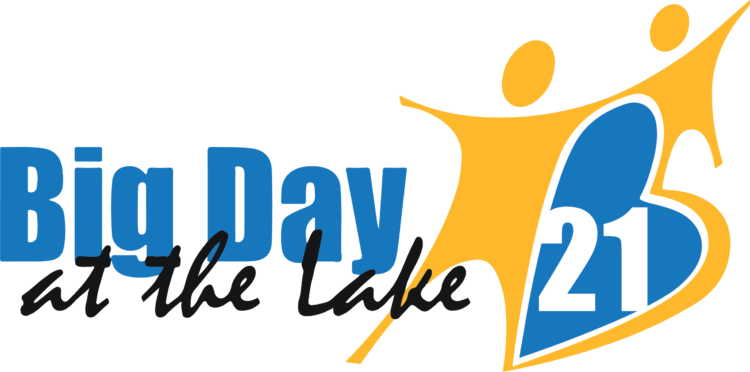By Dave Vieser
Mass transit commuters between the Lake Norman area and Charlotte will in all probability be riding on rubber, not metal wheels, in future years now that hope for building a commuter rail line on the existing Norfolk Southern rail freight right-of-way has waned. Lake Norman Regional Transportation Commission Executive Director Bill Thunberg made that point in a recent meeting with the Cornelius Town Board.
“Based upon Norfolk Southern’s decision, I believe that the Metropolitan Transportation Council (MTC) will, in their next budget cycle, plan for a complete alternatives analysis for providing transit in the North Corridor,” Thunberg said.
“I believe that analysis would include bus and bus rapid transit, utilizing different modes, vehicles and routes for the short-, medium- and long-term,” Thunberg added.
Thunberg said that funding for an alternate analysis of transportation options in the Lake Norman area would most likely be sought in the 2016 state budget, which will be formulated next spring. This is important as congestion increases on I-77, and construction likely gets under way for managed lanes on I-77 between Lake Norman and Charlotte.
Bus Rapid Transit (BRT) is a relatively new concept which is gaining interest and acceptance around the world. A BRT system has specific design elements and dedicated rights-of-way to improve service while removing typical causes of delay. BRT systems are less expensive to build and operate than light or commuter rail, and offer a greater degree of flexibility.
To be classified as a BRT system, buses should operate for the better part of each trip on a fully dedicated right of way to avoid traffic congestion. Typically, they also have stations with off-board fare collection, station platforms level with the bus and priority movements at key signalized intersections.
There are over 185 cities around the world with BRT systems, 26 in the US and Canada.
While it’s unclear whether the I-77 corridor could be designed to handle a BRT system, at least one of the town commissioners liked what he heard. “I very much agree with this direction for regional mass transportation. Rapid bus transit in technology-equipped, modern vehicles is a fundamentally flexible transportation mode representing 21st century strategies, vs. 19th century approaches,” said Cornelius Town Commissioner Dave Gilroy. He is also the owner of Scale Finance, a nationally recognized shared financial services business.
The Metropolitan Transit Commission (MTC) is the policy board for CATS, the Charlotte Area Transit System and has responsibility for reviewing and recommending all long-range public transportation plans for the region. CATS Public Affairs Director Krystel Green says CATS could do new alternatives analysis in the corridor if so directed by the MTC.
“This analysis would study several different alignments along the corridor and different technologies including rail options and bus rapid transit,” said Green. “One alignment that would be considered in the near- and mid-term, is utilizing the I-77 HOT Lanes, which CATS express buses will be able to operate in once the new infrastructure is put in place.”
While buses seem to be the focus of the immediate future, some, including Cornelius Mayor Chuck Travis, believe rail might still play a role.
“Our most logical option in the short term is to explore bus rapid transit, but I don’t count the Red Line or the concept of a commuter line completely out. The Red Line is falling victim to Norfolk Southern’s negotiations for control of the Crescent Line from Charlotte to Greensboro. This will most likely require the conversation to elevate to a level between Norfolk Southern and the Governor’s office,” Travis said.

